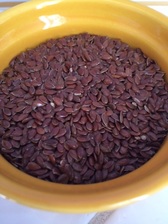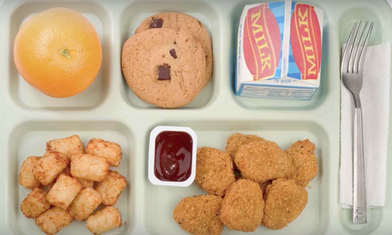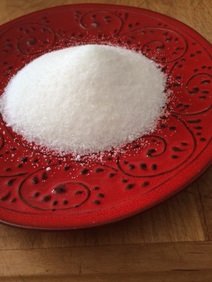
We finally heard BPA in plastic
was dangerous
Quickly BPS Replaced BPA.
What will we know in 20 years
about BPS?
BPA, Bisphenol A, has been in mainstream use in plastics since the 1960s. We became enlightened about its dangers when the FDA finally said it needed to be out of baby bottles. That change came after decades of public poisoning that caused infertility, cancer and abnormal fetal development. No moves were made to stop its use in food or drink containers.
It has taken years to uncover, but we finally know that BPA is a carcinogen and an endocrine disrupter. It has taken even longer to understand that we must start making concerted efforts to keep it out of our bodies.
Keeping safe from BPA means stopping the rampant use of plastic water and soda bottles in favor of glass. It also means, limiting the use of canned goods, plastic food containers and beer cans.
Under the watchful eye of the FDA, Bisphenol A lines bottle caps, cans, food pouches, lids of Mason jars, pipes and is used in dental processes. Even thermal cash register receipts can needlessly contain BPA.
The uprising that came from the baby bottle crisis made Corporate America take a look at the situation. People in the know were cutting down on plastics and canned goods use. They began buying in glass and using stainless steel water bottles to cut down on plastics containing BPA. Clearly profits were in jeopardy.
Corporate America responded quickly to create an alternative to BPA which has been introduced as BPS. One with morals and a conscience would hope that change was for the better. Not necessarily.
If there is anything to be taught by Corporate America, and the FDA, it is to limit the trust you place in them. The announcement of change came swiftly. It was uncomfortably soon that a replacement product was marketed. There seemed to be no vetting period for this new product being called BPS, bisphenol-S.
Corporate America began using the phrase, “BPA-free,” immediately. That was sweet news until you asked the question, “What is in it now?” Clearly, one could adjust the formula slightly, re-name it and wait decades for the truth of its toxicity to be revealed.
Fortunately, the development of BPS did not go unnoticed. It has been less than a year since the appearance of BPS on market shelves and we have our answer. BPS is still an endocrine disrupter and now it is known to induce the formation of human fat cells. More dangerous than BPA, BPS bottles now carry the notation, “BPA-free.”
Limiting use of plastics in food containers is the only way to remain safe from both BPA and BPS. Choose lead-free glass for food storage. Avoid buying food in cans and cease buying drinks in plastic, knowing that bottled liquids leach higher quantities of chemicals when heated by the sun or allowed to sit in a car. Lastly, resist the urge to microwave food on plastic or to put faith in Corporate America.




